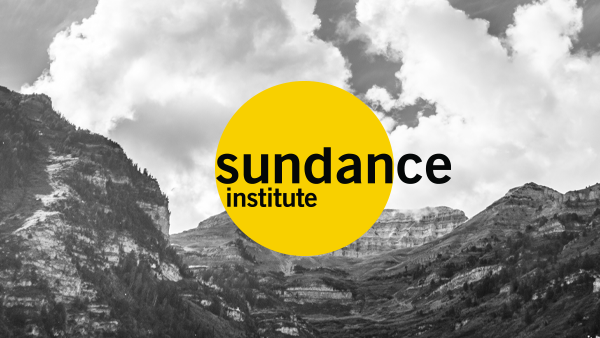John E. Warnock
John E. Warnock is co-chairman of the board of directors of Adobe Systems, a company he co-founded in 1982 with Charles Geschke. Dr. Warnock was president of Adobe for his first two years, and chairman and CEO for his remaining 16. He is also a member of the Sundance Institute Board of Trustees.
Over the past 25 years, technology advances have dramatically changed the fundamental structure of all media businesses.
All of these transformations have had a common thread: The high cost of capital equipment and complex distribution systems have kept competitors out of the traditional media businesses, and kept profits high. For instance, in the newspaper businesses there is reliance on massive printing presses, reporter networks, paper sources, and complex distribution systems.
In the movie business, there are large studios, expensive camera and lighting equipment, film and processing laboratories, and relationships with networks of theaters. In the world of publishing, there are dependencies on prepress, presses and complex distribution. The music business depended on extensive recording studios, and distribution networks.
Technology developments have changed all those barriers to entry.
It all started in the printing and publishing area with the invention of the personal computer, the inexpensive laser printer, and desktop publishing software. This drastically reduced the cost of entry into the publishing arena. The growth of the Internet, and electronic publishing brought down the barriers of distribution. The desktop software dramatically reduced the cost of creating magazines, books and all other printed material.
The arrival of the ubiquitous use of the Internet, the iPod, and iTunes allowed the transformation of the music industry. Records, tapes, and CDs are becoming artifacts of the past. Now, young artists use the Internet, YouTube, and Facebook to gain exposure. Desktop software is replacing the complex mixing equipment of the past.
The advent of low-cost memory, high quality video technology, and high-bandwidth communication has changed all the cost characteristics of the moving picture industry. The Internet is changing the fundamental distribution mechanisms.
Since its inception, Sundance has always believed in supporting, and promoting the voice of independent story telling. Now the direction of Sundance and the direction of technology are completely aligned. We actually are entering an age of the democratization of all media.
Sundance’s role in this new age, is to insure that the cream rises to the top – that the artists are educated through the labs, that quality films are produced, that they gain financial support and that they receive effective distribution of the message.
Originally, Sundance supported artists only through the labs. It role was to teach acting, directing, producing, and composing to aspiring film makers. Over the last ten years Sundance has funded documentaries thereby extending its assistance to film makers.
Over the last year and a half, several new initiatives called Artist Services, under the leadership of Keri Putman, have extended Sundance’s effectiveness in helping artists.
In addition to our documentary funding through the Institute, Sundance has sponsored over fifty projects and raised $1.5 million through Kickstarter (a public funding website). Seventeen of the films at Sundance this year were partially funded through Kickstarter.
Through partnerships with iTunes, Amazon, Hulu, Netflix, Sundance NOW and YouTube, Sundance has arranged for the digital premieres of 13 new films.
Technology is reducing the economic barriers between the artist and the audience. Sundance is trying to exploit the new technologies in every way it can to allow all the new talented voices to be heard.



